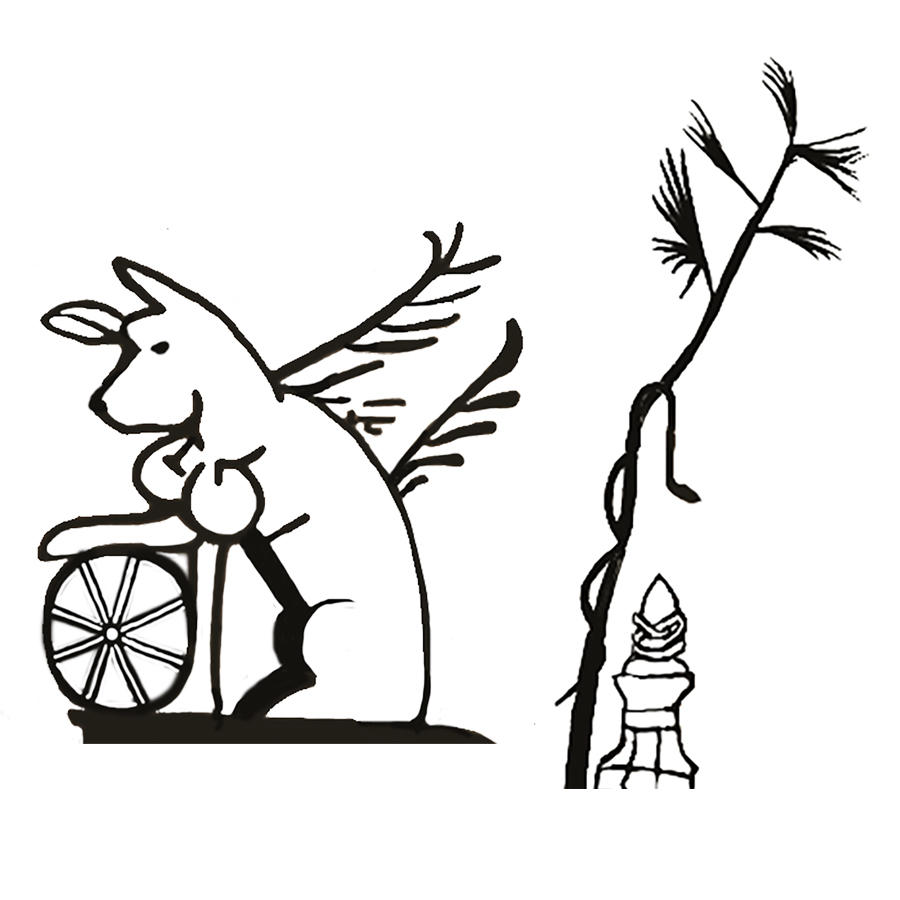In earlier decades, retouching (or “inpainting”) using reversible painting materials would have been employed where compositional elements were missing. Nowadays, the recreation of missing elements can be applied in a digital format without introducing non-original materials to the fragile historic surface of the work of art. Digital restoration also allows for reversibility of any additions, which is a basic tenet of professional art conservation. The concept of a digital restoration is intriguing to museum conservators because it is a virtual process that does not alter the original and respects the current condition of the original work of art. The digital restoration of a 3rd-century Egyptian wooden panel in the collection of the RISD Museum is described below.
The research process began with taking small samples of paint from different areas of the surface of the painting to test their chemical compositions. The data acquired gives the conservator an idea of the pigments used by the artist.
In addition, an image of the painting taken under UV light proves that Egyptian blue was used to cover the background and part of the god Heron’s clothing.
Once colors of remaining pigments were determined, missing sections of the painting were carefully examined. To the proper right of Heron remain parts of an altar, over which he is pouring libations. Other existing portraits of gods from this era suggest that the missing element to the proper right of the altar could be a snake slithering up a tree. To the proper left of Heron sits Nemesis atop a column, facing him. The figure presumably holds a wheel with spokes. The digital restoration of the panel is just one depiction of what it could have originally looked like. Information about this panel and others like it can be found in Vincent Rondot’s book Derniers Visages des Dieux D’Egypte.
Heron faces towards the proper right, wearing the garb of a Roman soldier and carrying incense. To his proper left an acolyte only one-quarter his size stands next to an architectural column. There are the remnants of a polychrome altar in this depiction. The foreground and the background have been clearly established.
Macy Nobles is the 2017 Andrew W. Mellon Summer Intern in Conservation. She is a senior at Mississippi College majoring in studio art.



